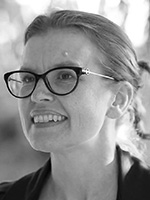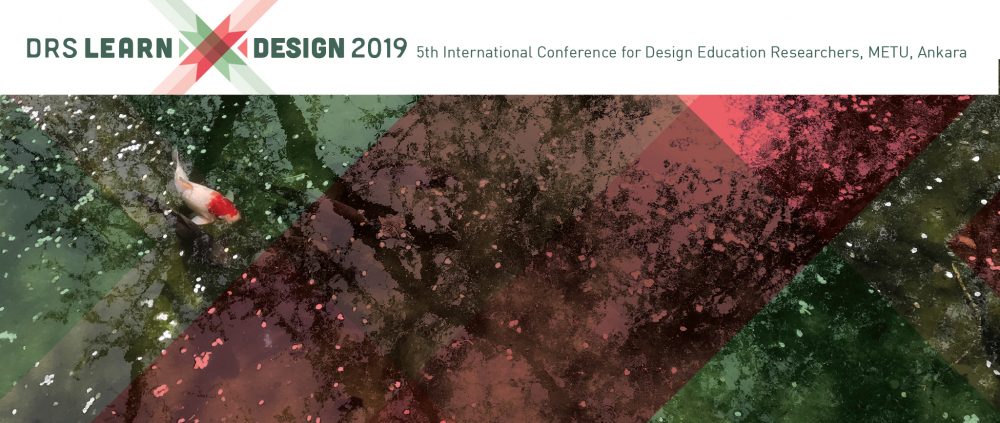Track 10. LEARNING FOR AUTONOMOUS DESIGN
Co-chairs



Çiğdem Kaya Pazarbaşı, Assoc. Prof. Dr., İstanbul Technical University, Turkey.
Anne-Marie Willis, Independent Researcher, Studio at the Edge of the World, Tasmania.
Julia Keyte, Course Leader for Furniture and Product Design, Bath School of Art and Design, UK.
This track is intended to address concepts, methods and practice in design education that coach students towards awareness, criticality and mindfulness of their future professional practice. In a world of rapid technological, economic and environmental change where it is possible to design and make so much, there is a need for a designer who is able to respond not just to the global market but to global circumstances. Design education is overwhelmingly defined by the instrumental role of design in the global economy, but must re-orientate towards practices of sustainment. Design communities and individuals are driving change from within and outside the traditional boundaries of design practice, but such critical approaches are marginal. This relation must be reversed. A designer is needed who can respond to global circumstances, named by Arturo Escobar as “the autonomous designer” (Escobar, 2018). Critical pedagogical methods are emerging that challenge traditional approaches embedded in design education. Central to this is identification of new and re-configured essential knowledge for future designers. This equally involves critical engagement with implicit design values, norms and rules within design education that sustain the unsustainable. This track aims to engage dialogue across design disciplines and practices, and build on previous literature such as transition design (Gideon et al., 2015), social design (Armstrong et al., 2014), redirective practice (Fry, 2010) and design after design (Willis, 2006). Of relevance to this track are both successful and failed experiments, critical dialogue within education and industry, and the challenges inherent to capturing critical methods. While criticality may implicitly be part of some designers’ insider knowledge, it needs further elaboration and theorization to be disseminated within design education and beyond. This track would like to explore, but is not limited to, the following topics:
- Mindfully experimental approaches to learning and designing, and how we express these.
- Methods to support learners in defining their relationship to the material world, and to build up a critical sensitivity to it.
- Supporting agency of the learner in defining their own projects.
- Developing self-awareness of the design educator.
- How to engender enthusiasm for redirecting design creativity towards the conditions of now.
- Intellectual resources: which non-design areas of knowledge are essential for future critical designers?
- Developing new skills, learning and dispositions needed to work meaningfully in the gig economy.
- How to elevate the importance of non-traditional design practices (co-design, social-change design, etc.) as desirable career paths.
Bibliography
Armstrong, L., Bailey, J., Julier, G. and Kimbell, L. (2014). Social Design Futures: HEI Research and the AHRC. Arts & Humanities Research Council, University of Brighton, Victoria & Albert Museum.
Escobar, A. (2018). Designs for the Pluriverse: Radical Interdependence, Autonomy, and the Making of Worlds. Durham and London: Duke University Press.
Fry, T. (2009). Design Futuring: Sustainability, Ethics and New Practice. Oxford, UK: Berg Publishers.
Gideon K., Irwin, T. and Willis, A.-M. (Eds.) (2015). Transition Design (special issue), Design Philosophy Papers, 13(1).
Papanek, V. (1972). Design for the Real World: Human Ecology and Social Change. New York: Pantheon Books.
Willis, A.-M. (2006) Ontological Designing. Design Philosophy Papers, 4(2), 69-92.
